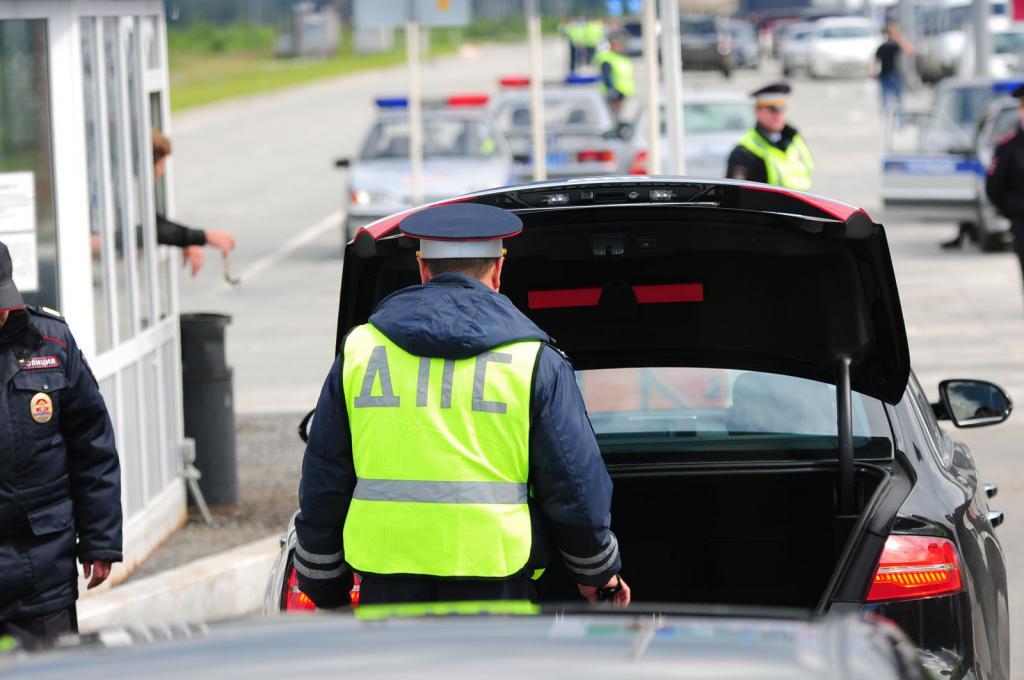Many drivers are forced to face the fact that traffic police officers exceed their authority. They may require certain actions to be taken without good reason. Often, a vehicle is inspected by a traffic police officer without a reason and correctly compiling the necessary documentation. Therefore, all car owners should be well versed in what constitutes a procedure, when it can be performed, what documents are prepared for this, as well as how to assert their rights if necessary.
The concept of screening
Vehicle inspection by a traffic police officer is presented by a thorough examination of the contents of the vehicle. The process can affect not only the trunk, but also other parts of the vehicle, so the interior is often checked, the seats move and the covers are even removed.
The procedure must be carried out carefully so as not to cause any damage to the structural integrity of the car.
Each car is the private property of the car owner, so screening is permitted only if there are good reasons. Search rules are prescribed in the traffic police and the Code of Administrative Offenses.
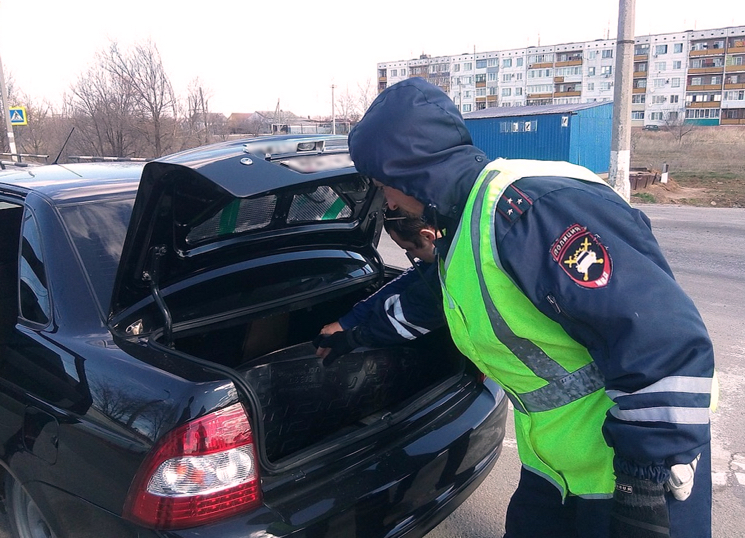
Similar procedures
There are several similar processes that can be performed by the traffic police inspector in relation to a car. These include: inspection, search and search. The rights and obligations of the car owner should not be violated when performing any of the above procedures.
Any actions of the traffic inspector should be carried out if there are good reasons, and often with the simultaneous preparation of relevant documentation.
Difference between processes
There is a difference between inspection and inspection, so you should understand the features of the processes:
- Upon inspection, the traffic police officer only visually examines the car, but does not have the right to open the doors, raise the hood or ask the driver to open the trunk and get out of the car. During the inspection, it is not necessary to draw up any official documents, therefore a protocol is not formed, and witnesses are not involved.
- A search is carried out exclusively with a special warrant. During the implementation of this process, the driver and passengers are required to leave the vehicle interior. It is allowed not only to visually inspect the contents of the machine, but also to remove covers, panels, paneling or other elements. All objects are allowed to touch, but violation of their integrity is not allowed.
- Inspection of a vehicle by a traffic police officer is to examine the contents of the vehicle. For this, the corresponding protocol is drawn up by the traffic inspector and witnesses are involved. The car owner cannot refuse the process if the traffic police officer has good reason. Therefore, you have to open the trunk, car doors and hood.
If during the process of any procedure is not detected any problems or violations, the driver can continue to move.
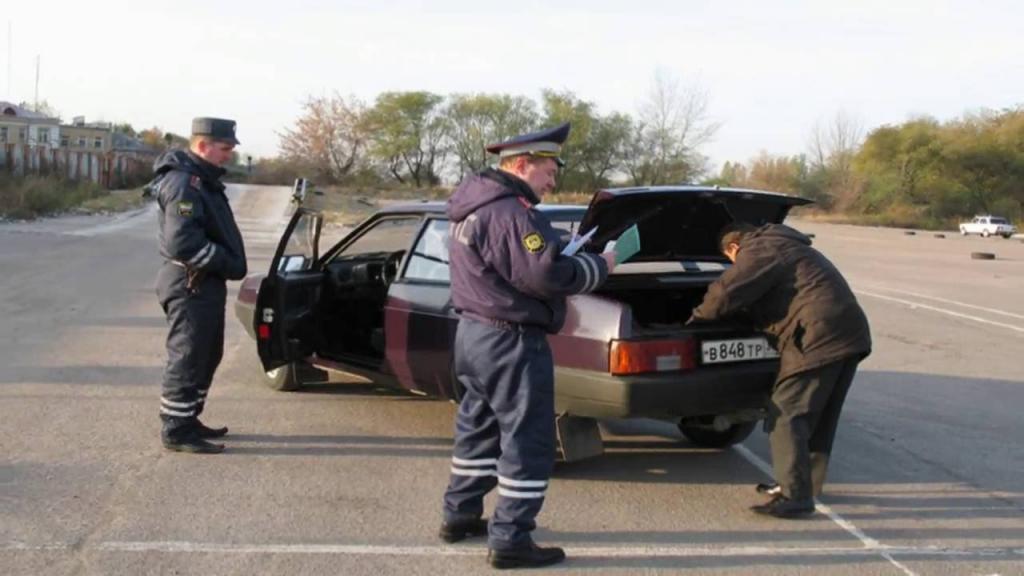
Grounds for search
For various reasons, it may be necessary to inspect a vehicle with a traffic police officer. The grounds are clearly fixed in the legislation, and the following situations apply to them:
- the traffic inspector has an orientation or information that prohibited items are in the car or that it was used during the commission of the crime;
- there is a detention of persons who according to certain data have committed a crime and are in a particular car;
- there is information that various instruments of crime are being transported in the cabin or evidence of wrongdoing can be found;
- there is an assumption that the car contains drugs, toxic or explosive substances, ammunition, or other elements that are not allowed to be transported or used.
The above list is exhaustive.
What to do if there are no reasons for inspection?
Be sure the traffic inspector must have good reasons for carrying out this process. If they are absent, then the inspection of a car by a traffic police inspector is easily recognized as illegal.
The traffic police officer for his illegal actions may be brought to disciplinary punishment or even administrative responsibility. Therefore, if the driver cannot obtain information about the reason for the inspection, it is advisable to call the call center to obtain data.

Rules of the process
The procedure for inspection by traffic police officers must be carried out in the correct sequence of actions and taking into account many rules. The basic rules are listed in Art. 664 Code of Administrative Offenses. These include:
- two witnesses who are independent persons who are not interested in the result of the process are required to be involved in the vehicle inspection procedure by a traffic police officer;
- it is not allowed to attract traffic police inspectors or car passengers as witnesses;
- video shooting is permitted if for various reasons it is not possible to find witnesses;
- search is carried out only in the presence of the owner of the car, but in extreme cases a process without his participation is allowed, when a waste of time can lead to negative consequences;
- if there is a sealed cargo or objects controlled by customs authorities in the car, then the traffic police officer should contact the Ministry of Internal Affairs on duty for instructions on how to proceed, since he can open the cargo independently only if there is a threat to the life of people or the country's security;
- to record different actions and items found, video and photographs are used;
- it is not allowed to leave the driver and passengers in the car during the inspection process, as in most cases they are suspected of various crimes, therefore, often additional measures of detention are applied to them.
If the traffic inspector violates the above rules, then the driver can write a complaint against him or immediately call the call center. If any suspicious or dangerous objects are not detected, the traffic inspector must let the driver go.

The nuances of finding illegal items
Numerous rules and features of a vehicle inspection by a traffic police officer must be taken into account. If any forbidden elements are detected, then the following actions are taken:
- if there are signs of any crime, then the information is transmitted to the call center of a particular region, after which the investigation team is called up, which sends the citizens to the police department;
- the employee who has discovered traces of the crime compiles a report that is transmitted to the duty unit, and a copy is issued to the head of the traffic inspector;
- if evidence is found of an administrative offense committed by the driver, then the corresponding case is initiated by the traffic police officer;
- based on the results of the inspection, a protocol is compulsorily drawn up, to which the taken photographs or videos are attached;
- the protocol must be signed not only by the traffic police officer who drew up this document, but also by car owners, as well as by all involved witnesses;
- if the driver refuses to sign the protocol, then a corresponding mark is put in the document.
The protocol is considered the most significant document when a vehicle is inspected by a traffic police officer.
Other search features
If for various reasons it is impossible to seize any cargo confirming the commission of a crime or an offense, then the traffic inspector makes an arrest and an inventory of the property is compiled.
If there is a suspicion that the driver is intoxicated, then a survey is carried out. If the breathalyzer shows that indeed the driver did not have the right to drive a car, then he is removed from control. If there are substantial grounds, which include the presence of serious malfunctions in the car or the absence of an insurance policy, the car can be sent to a parking lot.
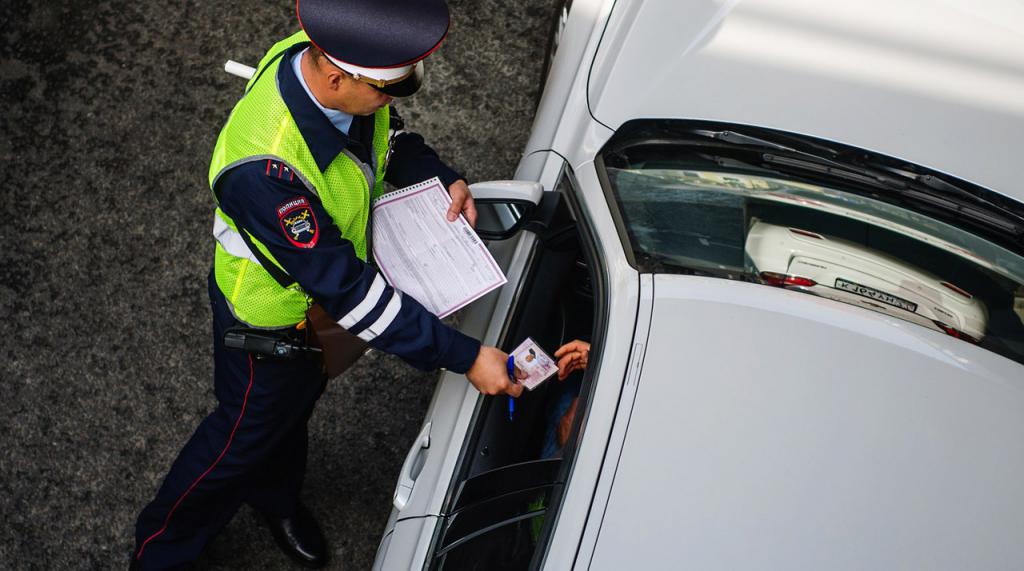
Protocol Rules
Inspection of a vehicle by a traffic police officer under the new regulations should be carried out in the correct sequence of actions. Regardless of the outcome of the procedure, a special inspection protocol is required. This document contains the following information:
- vehicle inspection date;
- process time;
- place of compilation of the document;
- personal data on the car owner, presented by his full name, date of birth, passport information and contact information;
- position, full name and rank of traffic police officer performing the procedure;
- information about the car, presented by its brand, state number, color and other characteristics;
- information from the TCP and certificate of registration for the car;
- a description of all the elements found during the inspection;
- the number and name of various documents found;
- a mark is placed on the video or taking photographs;
- the document is signed by witnesses, the driver and the direct traffic inspector.
Inspection of the car trunk by a traffic police officer can be carried out not only at the post, but also in any other place if there are grounds. The concept does not have the right to refuse to sign the protocol, as this is their responsibility.
Even if the traffic controller makes mistakes in the protocol, for example, the title of the checking officer is not indicated, then such a document still has legal force. The driver may try to challenge him in court, but usually the judge takes the side of the traffic inspector.
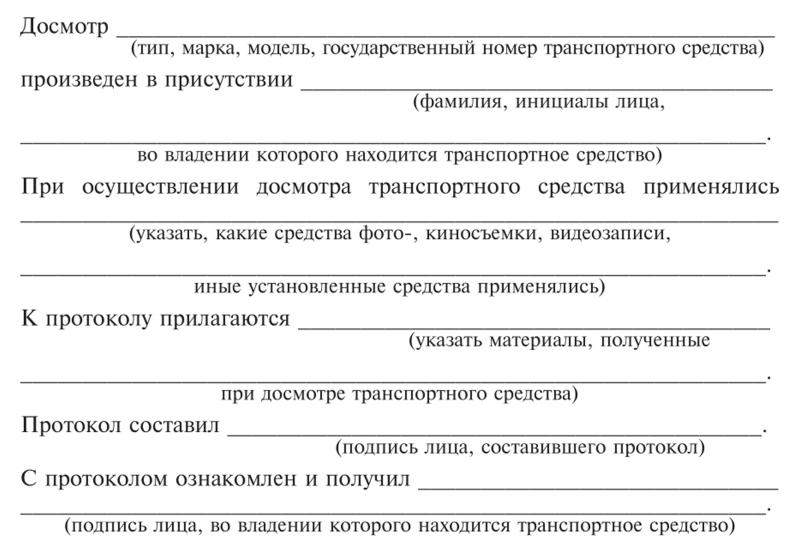
Illegal actions by the traffic inspector
The traffic police regulations contain the basic rules for car inspection by traffic police. If they are violated for various reasons, then the actions of an official are easily recognized as illegal. Most often, drivers have to deal with the following actions of the traffic inspector:
- without a protocol, traffic police require the doors or trunk of a car to be opened;
- Inspection is subjected not only to the contents of the car, but also to personal belongings of passengers;
- witnesses are not involved in the process;
- after studying the car, the traffic inspector does not draw up a protocol;
- even after the end of the procedure, during which no prohibited items were found, the traffic police officer continues to keep the car owner;
- without good reason, the inspection is carried out without the owner of the car.
If such illegal actions are detected, the driver must call 02. The duty officer is described the situation, as well as the name, title and position of the traffic inspector involved in the search.
It is allowed to make a formal complaint to the head of a specific traffic police officer or prosecutor. You can make a statement of claim against the traffic inspector, according to which it is required not only to bring him to justice, but also to seek compensation for the moral damage caused.
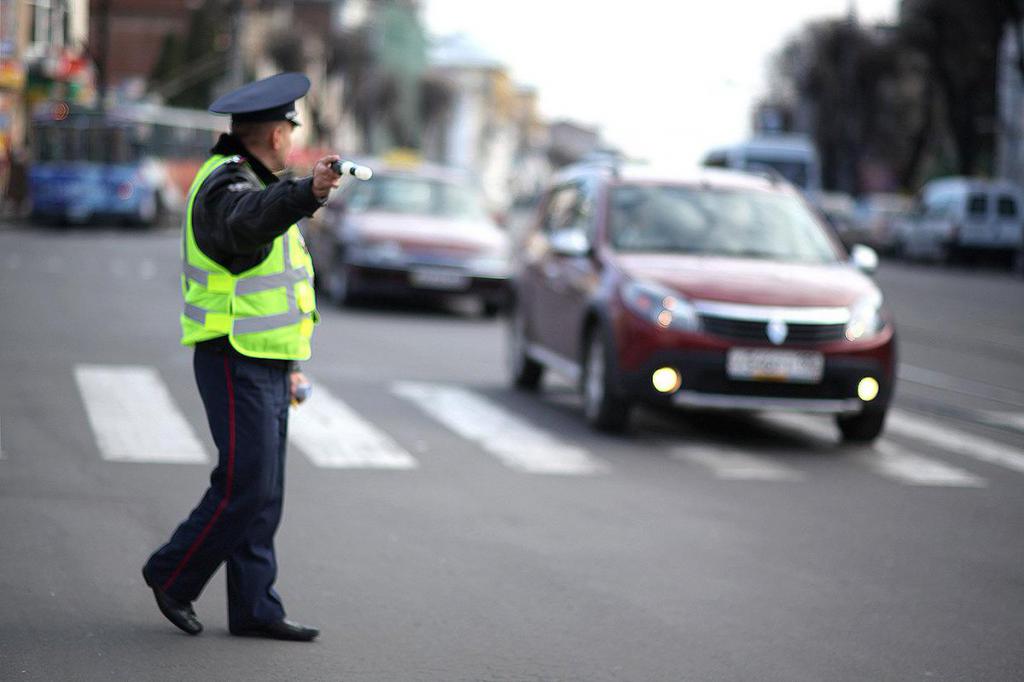
Conclusion
The requirements for inspecting a vehicle by a traffic police inspector are really numerous and specific. Each car owner should know when this procedure is being performed, who should be present, and what documents are being prepared.
If the traffic inspector violates the inspection rules, then it is necessary to inform his management and the employee on duty. Before starting the procedure, you should find out the reason for its implementation.
